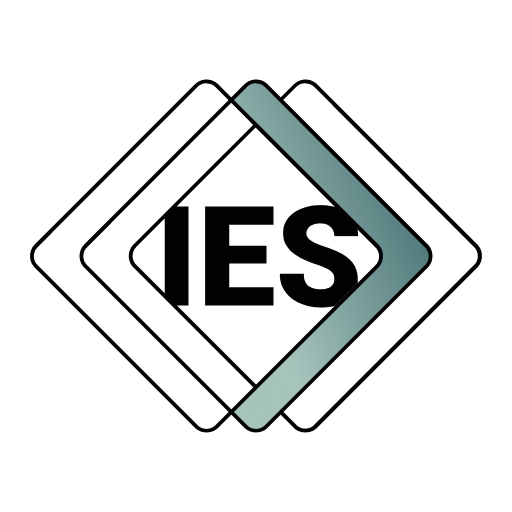IES Common will comprise a foundational ontology layer or Top Level Ontology (TLO), and IES Core – a general, cross-domain, layer. IES Common will underpin the Information Exchange Standard (IES), providing a structured, standardised, and extensible framework for defining and exchanging data across multiple domains.
What will IES Common be?


The foundation ontology layer, or TLO, will contain 4D abstract concepts that form the basis of all other layers. These concepts are stable and change infrequently. These include:
IES Core, the general, cross-domain layer, will contain:
IES Common will ensure that all data—regardless of sector or system—adheres to a consistent structure, enabling seamless integration, interpretation, and reuse across industries. It serves as the common model, upon which domain-specific extensions can be developed to address sector or industry-specific requirements while maintaining interoperability.


